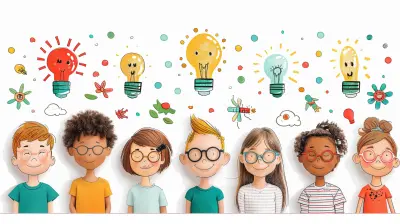How Coding is Becoming a Core Skill in Modern Curricula
11 October 2025
Remember when learning to type was considered a superpower in school? Fast forward a couple of decades, and now typing is just an expected part of life. Today, we’re seeing a similar shift, but with something even more powerful — coding. That’s right. Coding is no longer just for computer science majors or Silicon Valley techies. It’s becoming a core skill in modern curricula across the globe, and honestly, it's about time.
Let’s break down what’s going on, why it matters, and what it means for students, parents, and educators alike.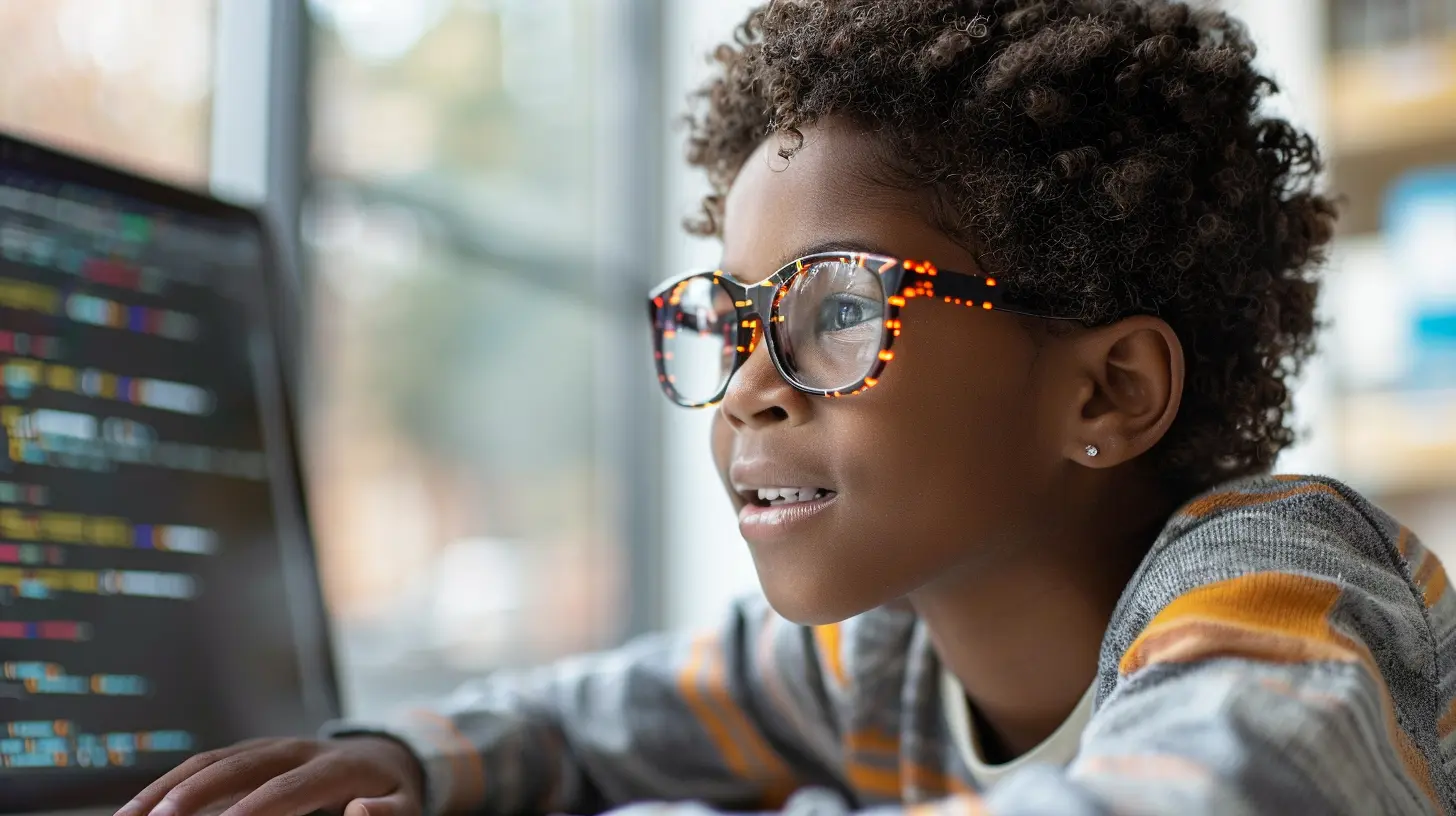
The Evolution of Education (and Why Coding Fits Right In)
Education has come a long way from chalkboards and rote memorization. With the explosion of technology, the skills students need to thrive have shifted dramatically.In the past, reading, writing, and arithmetic were the golden trio. Now, we’ve got a new kid on the block — coding.
But why coding? Isn’t it just for computer nerds?
Not anymore.
Coding, in today’s world, is like learning a new language — except instead of speaking it, you use it to talk to machines, websites, robots, and apps. And with technology in every part of our lives, that’s a conversation more people need to be having.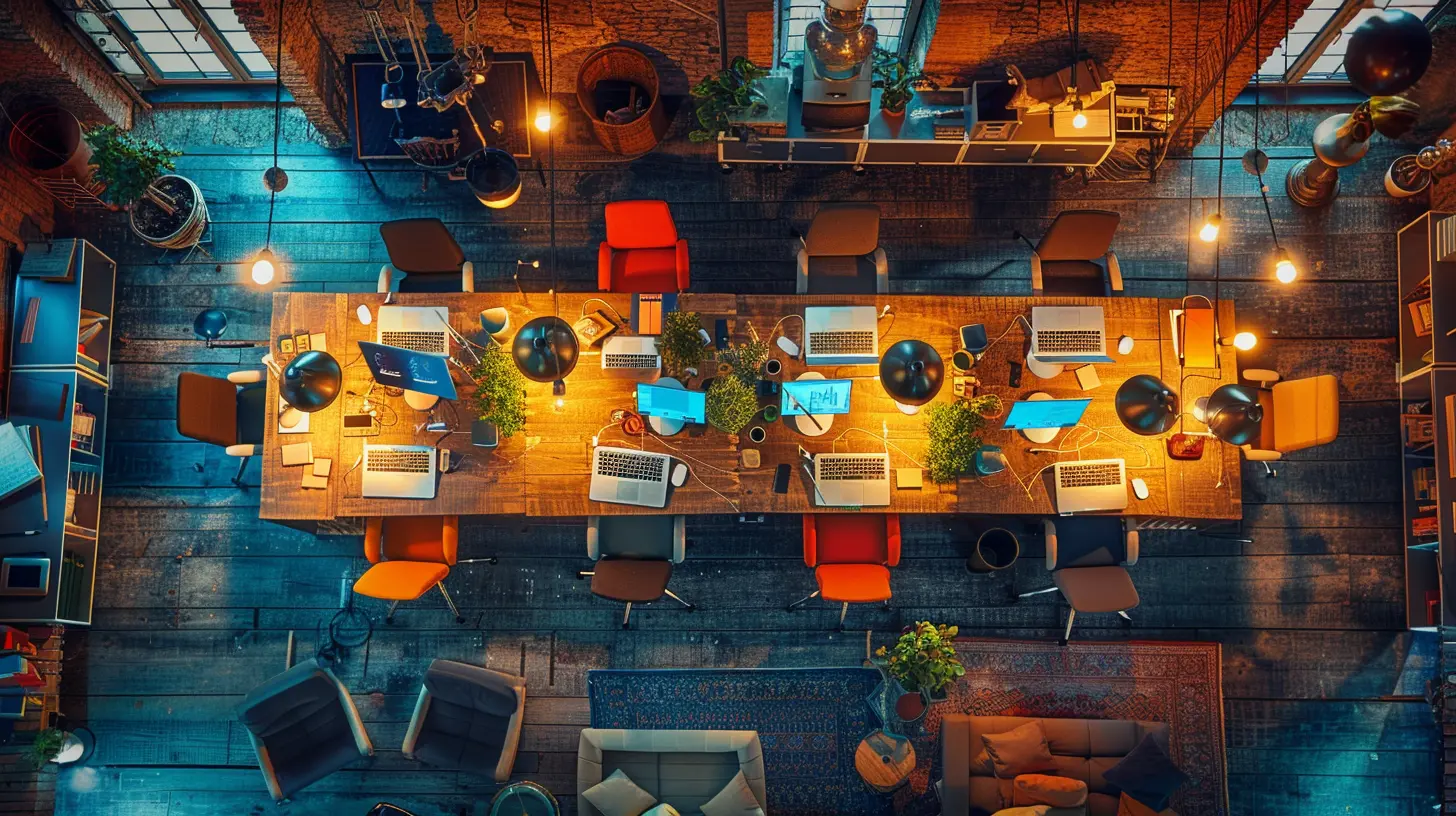
Why Schools Are Embracing Coding
1. The Future is Digital, Period.
Let’s face it — almost every job, from farming to fashion, uses technology. Whether you're working on spreadsheets, managing data, or designing a product, some level of digital literacy is required.And guess what’s underneath all that tech?
Yep. Code.
By teaching students how to code, we’re not just preparing them for a job in programming. We’re preparing them for the modern workforce in general. It's like giving kids a passport to participate in the digital economy.
2. It Teaches More Than Just Tech
Here’s something awesome: coding isn’t just about computers. It actually builds critical thinking, problem-solving, and creativity.Ever seen a kid debug their own program? It’s like watching Sherlock Holmes in action. They analyze, test, hypothesize, and try again. That’s real intellectual horsepower.
So, even if a student never becomes a full-time programmer, the skills they gain from coding can help them in science, math, art — you name it.
3. Engaging the Hard-to-Engage Students
Let’s be real, not every student is excited by Shakespeare or the periodic table. But give them a simple game to code or a robot to program, and just like that — they’re hooked.Coding has a way of making learning feel like play. It turns abstract concepts into real outcomes. Push a button, write a line of code, and boom — something changes. That instant feedback makes it fun and addictive (in a good way).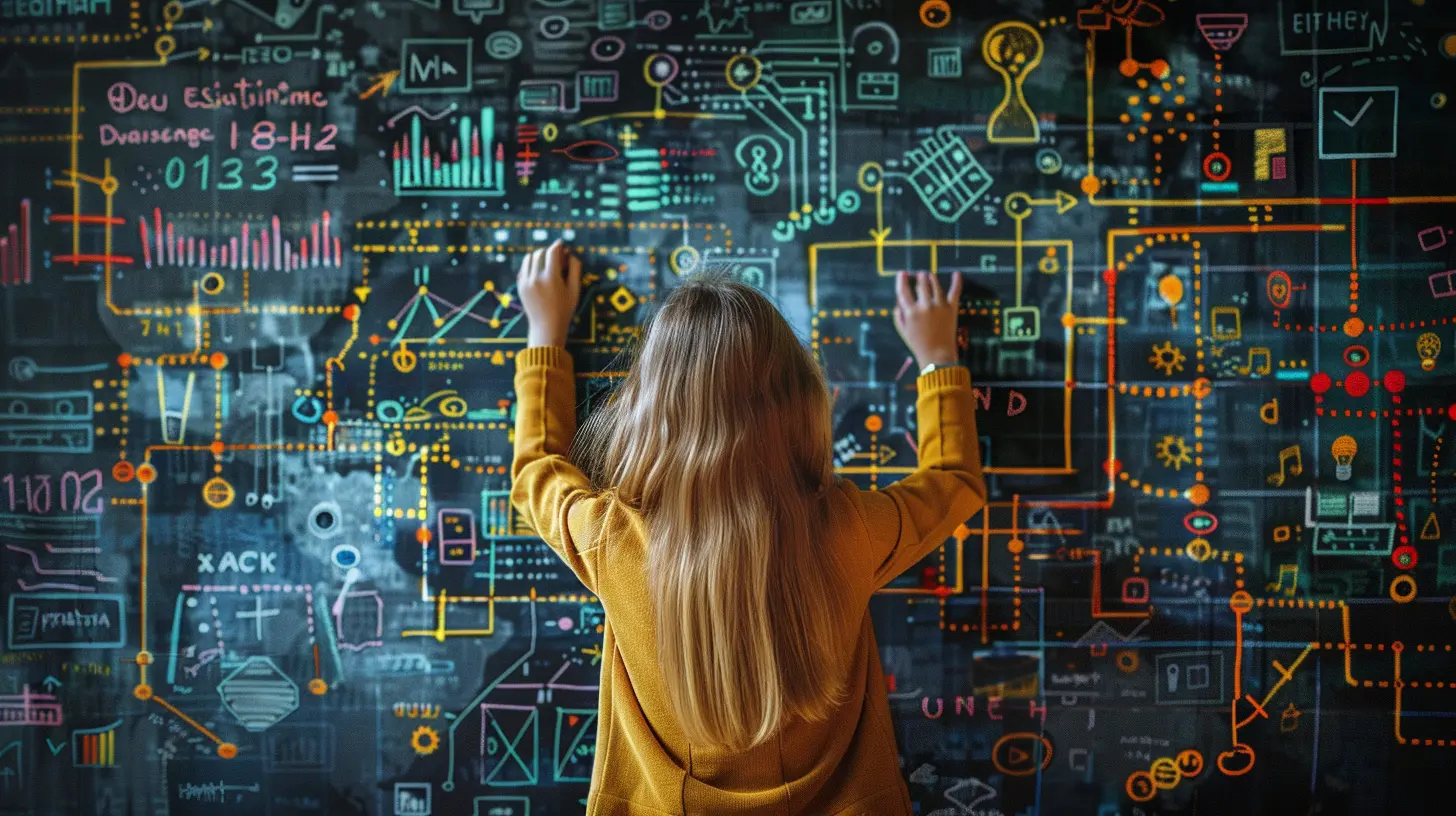
How Schools Are Integrating Coding into Curricula
Okay, so we know coding is important. But how are schools actually bringing it into the classroom?1. Starting Young — Like, Really Young
Believe it or not, there are kindergartners learning basic coding concepts — usually through games, storytelling, and drag-and-drop platforms like ScratchJr or Code.org.It’s not hardcore programming or anything, but it does teach them essential skills like sequencing, logic, and cause and effect — all while having fun.
2. Blended into Core Subjects
One of the coolest changes is that coding isn’t just confined to “Computer Science” class anymore. Educators are weaving it into math, science, and even art.- Coding in math? You bet — think algorithms, patterns, and geometry.
- Coding in science? Check — data collection, simulations, experiments.
- Coding in art? Absolutely — digital design, animation, music production.
It’s not just about learning code; it’s about using it as a tool to enhance all kinds of learning.
3. After-School Programs and Clubs
Not every school can offer a full-scale coding class just yet, especially with limited budgets. But coding clubs, competitions, and after-school programs are filling that gap.Things like Hour of Code, robotics clubs, and hackathons are introducing students to programming in a low-pressure, high-reward environment.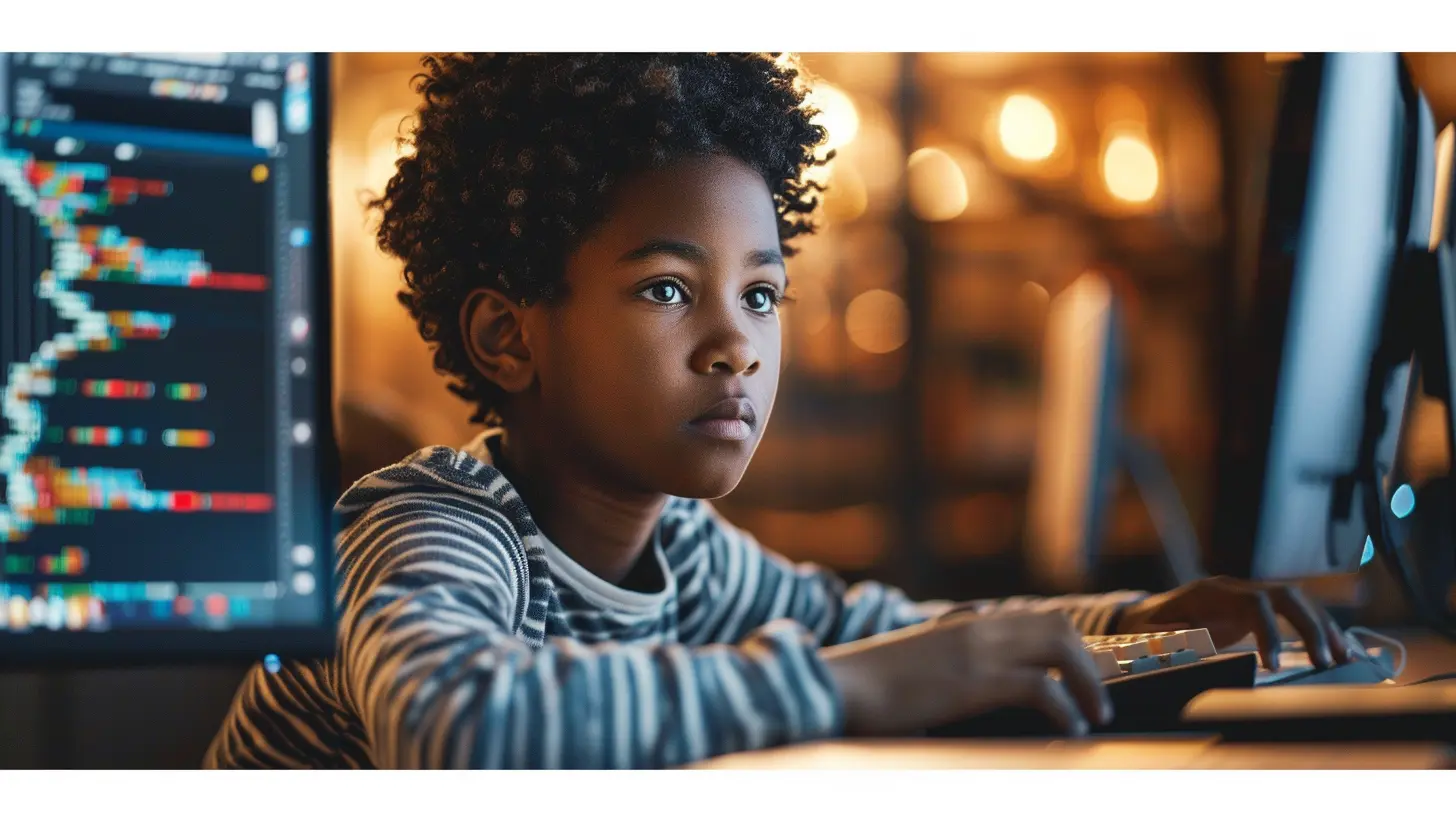
The Role of EdTech in the Coding Boom
Let’s give a shout-out to education technology here because without it, this shift wouldn’t be possible.Tools Making It Happen
Platforms like:- Scratch
- Tynker
- Codecademy
- Khan Academy
- CS First by Google
…are bringing coding to life in classrooms everywhere.
These apps let students build games, animations, websites, and more — all while learning real coding principles. More importantly, they make coding fun and accessible, even if you’ve never written a line of code in your life.
Teachers Don’t Have to Be Experts
One of the big hurdles early on was that few teachers had formal training in programming. But that’s changing thanks to plug-and-play coding curricula and teacher-friendly platforms.Professional development programs are helping educators catch up quickly, and many tools are designed to be intuitive for both students and teachers alike.
What Parents and Students Need to Know
So, if you’re a parent or student wondering, “Do I really need to care about coding?” the answer is a big fat YES.For Students
- Coding isn’t just for techies anymore.- It opens doors — from scholarships to internships to careers you haven’t even dreamed of yet.
- It’s hands-on and fun.
- And honestly? It’s empowering. You stop just consuming tech and start creating it.
For Parents
- Encourage your kids to explore coding—there’s plenty of free resources.- Don't worry if you can't help them with their code. Just support their curiosity.
- Look for schools that offer coding courses or advocate for them if they don’t.
- Help break the stereotype—coding isn’t just for boys or math geniuses. Every child can benefit.
Real-World Applications: Where Coding Takes You
If you think coding leads only to computer programming jobs, think again.- Medicine: Data analysis, AI diagnostics
- Automotive: Self-driving technology
- Agriculture: Automated irrigation, crop monitoring
- Entertainment: Game design, animation, music tech
- Business: E-commerce, app development, cybersecurity
- Environmental Science: Climate modeling, wildlife tracking
The future belongs to those who can think digitally — and coding is the key that unlocks that door.
Barriers to Coding in Education (And How We Can Overcome Them)
Let’s not sugarcoat it — this shift hasn’t been flawless.Lack of Resources
Not every school has computers or internet access for every student. This digital divide can leave some students behind.Solution: More funding for tech in schools and initiatives that provide low-cost or free coding platforms offline.
Not Enough Trained Teachers
Many teachers still feel unprepared to teach code.Solution: Invest in professional development and make teacher-friendly tools a priority.
Gender and Access Gaps
Girls and low-income communities are still underrepresented in coding.Solution: Encourage inclusive programs and role models. Representation matters. When kids see someone like them succeeding in coding, they believe they can too.
The Future of Coding in Education
We’re just getting started.In the near future, don’t be surprised if coding is treated like reading — a foundational literacy that every student must master. And as AI and automation reshape the job landscape, coding will only become more vital.
We won’t all grow up to be software engineers, and that’s okay. But coding gives us the tools to understand our world, build our ideas, and tap into our creativity like never before.
Think of it this way: reading lets you absorb knowledge. Coding lets you create it.
Wrapping It Up
So, is coding becoming a core skill in modern curricula?Absolutely.
And not just because it’s “trendy” or “cool” (though it kinda is). It’s because it prepares students for a future that’s already here. It empowers them to problem-solve, think critically, and — most importantly — create.
Whether you’re a student, a parent, or an educator, now’s the time to embrace coding as the essential skill it truly is. It’s not just about computers. It’s about creativity, communication, and building the future — one line of code at a time.
all images in this post were generated using AI tools
Category:
Innovation In EducationAuthor:

Olivia Chapman
Discussion
rate this article
1 comments
Zanya Wilcox
Coding is not just a skill; it’s a fundamental language of the future. As we equip students for tomorrow, ignoring coding in education is a disservice. Embrace it fully or risk leaving our youth unprepared for a tech-driven world.
October 15, 2025 at 2:46 AM

Olivia Chapman
I completely agree! Coding is essential in today's education, equipping students with critical skills for a tech-driven future. Embracing coding in curricula is vital for their success.

